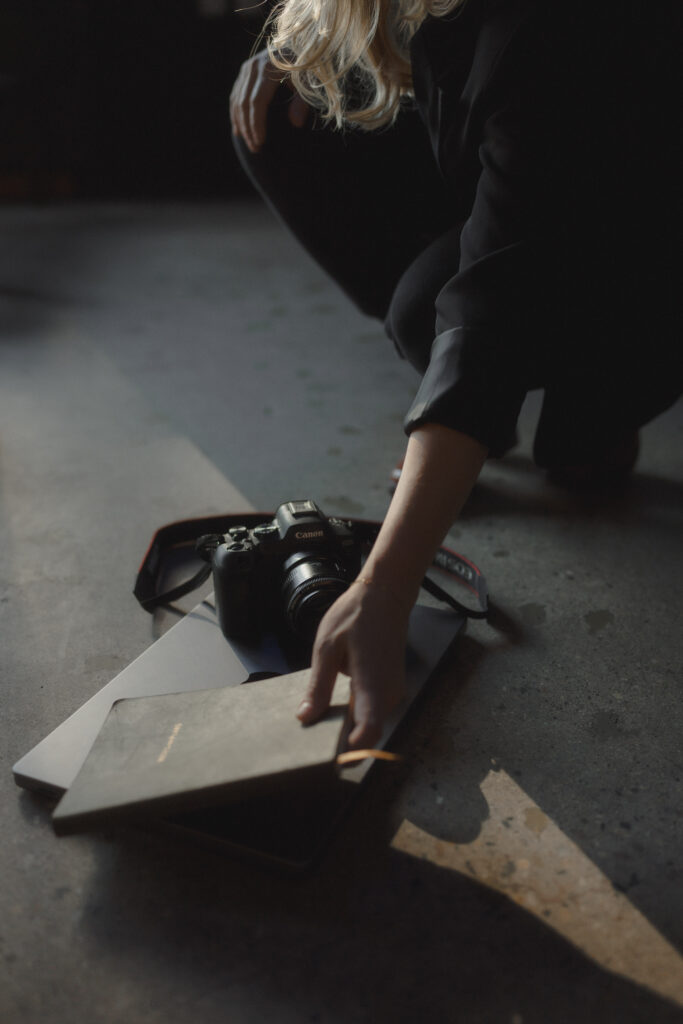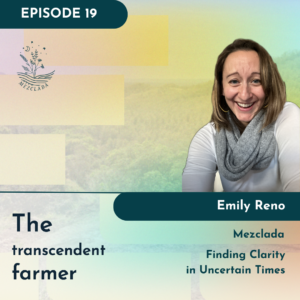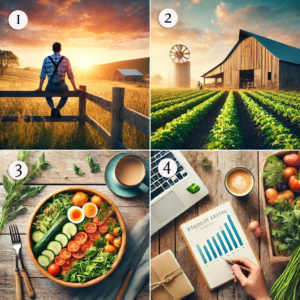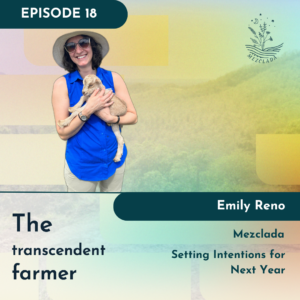In the spirit of gratitude, which is one of Mezclada’s core values, I wanted to take a moment to celebrate the contributions of Emma Zink (formerly Maddock), who jumped in to help me build the website for my business after way too many failed attempts at teaching myself how to do it myself.
4 years later, we’re still cooking up fun ideas together and ideating about how to best present all this amazing content to the Mezclada family. I wanted to hear a bit more about her perspective of working with a small startup and her own journey in entrepreneurship, knowing that many of these lessons are universal, no matter what industry you’re in.
Emily: You’ve been working with Mezclada very part-time for almost 4 years, and have been a huge asset to this team. I’m grateful that you decided to take a chance on me and help me build out our website after I struggled for months trying to teach myself how to use WordPress. At that point in your career, what motivated you to take on projects outside of your existing position?
Emma: I was always interested in taking freelance projects because I loved the opportunity to meet new people, grow my portfolio and learn about new industries through freelancing. I learn by doing, so by saying “yes” to as many logo and website projects as I could, I was able to learn in a way that was actually useful to other people. I could learn how to better build websites by ACTUALLY building them!
Emily: What do you think the role is of designers in helping a budding startup like Mezclada, that don’t have the kinds of budgets to maintain a full-time marketing staff member?
Emma: The role of contract designers is to help smaller organizations achieve great, professional design work without having to break the bank by working with an agency. While I love agency work, and have really enjoyed my time working for various agencies, not everyone can afford them. I also believe contract designers are able to provide a more direct line of communication because usually the contractor is also the account manager, the project manager, AND the designer. There’s less funneling of information through a long line of people, which means less chance for misunderstanding and the need for a million edits on a project! It also allows contractors to have the freedom to decide who they want to work with, and what kind of work they want to take on.
Emily: Was there a specific moment or time when you decided, “I think I might want to start my own business”?, or was it a slow build? Can you tell us more about that process?
Emma: I’d say it was a slow build, and eventually a realization that I’d be happier if I was able to work on the clients that I am working with part-time in a more full-time manner. It made me sad that the work I was doing after work was more enjoyable to me than the work I was doing at work… if that makes sense! I also felt very supported by my recurring clients when I told them I was going off on my own, and they showed interest in having more work for me!
Emily: If you had to choose three pieces of advice to share with someone who is considering starting their own business (such as a farm), what would you share with them based on things you’ve learned through personal experience?
Emma:
1. If you’re constantly thinking about something, you should see that as a sign to go for it! Don’t be scared something won’t work out, because if you’ve done your research and you’ve put the foundation into place, you can achieve whatever you set out to accomplish.
2. Grow your community. Reach out to people who have done what you want to do, or people who have expertise on something you could learn from. Add people on LinkedIn, send some messages. Even if someone doesn’t get back to you, someone else will! Find resources and use them.
3. Know that whatever you’re giving up to start your new path, different and new experiences will come to you if you open yourself up to them. Don’t reflect too much on the past when you can be building the future you want!
Emily: What was one of the hardest lessons you’ve learned in design since you started working in this industry?
Emma: You have to be just as good of a presenter as you are a designer. If you design all day, and simply send your designs in an email to someone with no explanation or context of the work you put into it, people won’t understand what you’re trying to achieve. People will never like what you do, unless you explain what you did! The best design is thoughtful, and by proving how much thought went into your work, you’ll gain their trust, and get their approval much faster than if you never present your work.
Emily: What’s next for you? Where do you want Emma Designs Co. to be 5 years from now?
Emma: I’m open to many possibilities, but I want to continue to grow my skillset, and work with brands that I look up to, both big and small. I’d love to work as an art director on a project that aligns with my passions like food and agriculture. I want to create educational content that teaches people about the importance of design, and what we can learn from design history. Most of all, I want to be happy and feel excited to be a designer every day, whether it’s working for someone else or myself!
If you’d like to learn more about Emma’s work, you can do so by visiting Emma Design Co.




